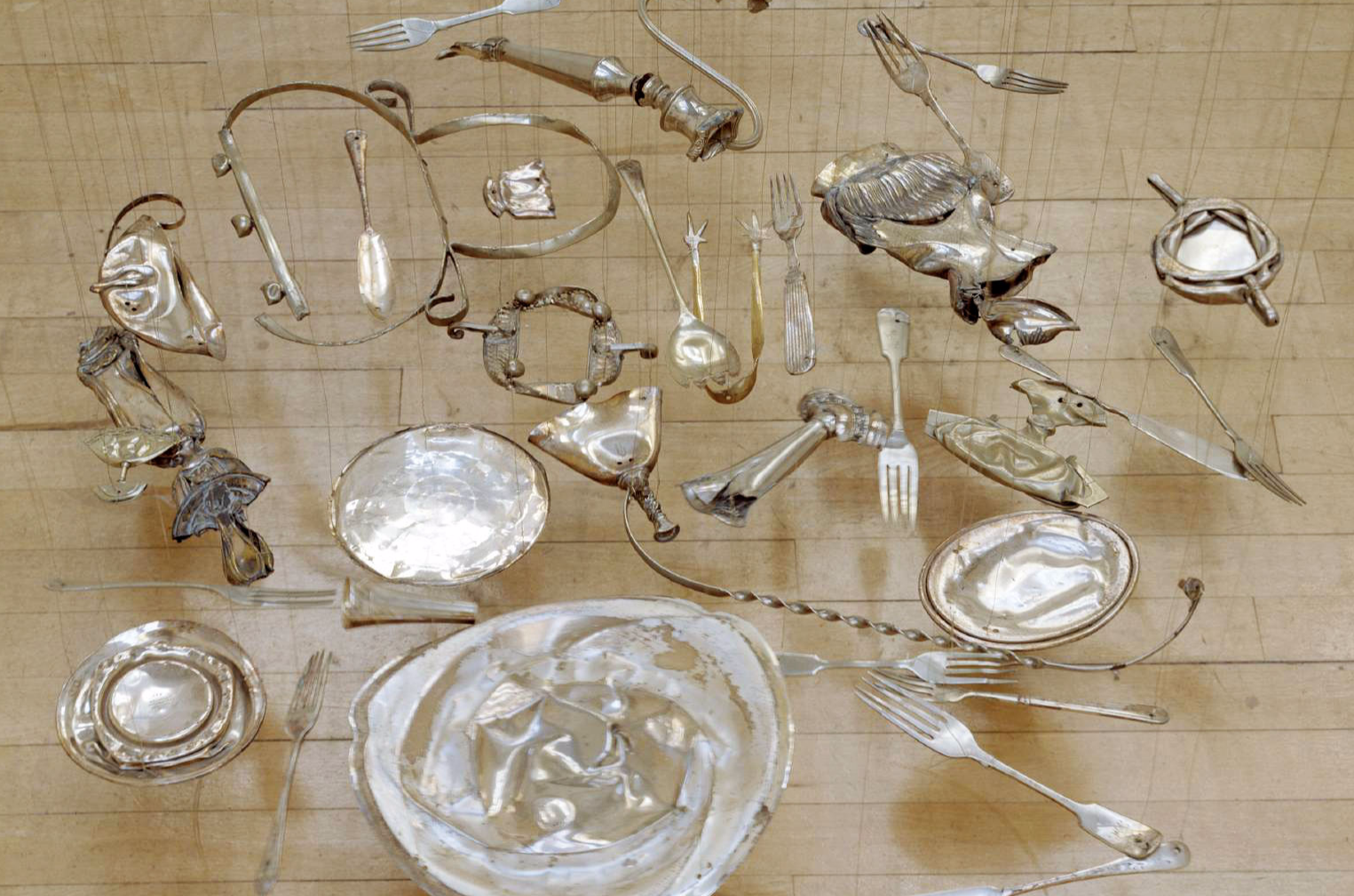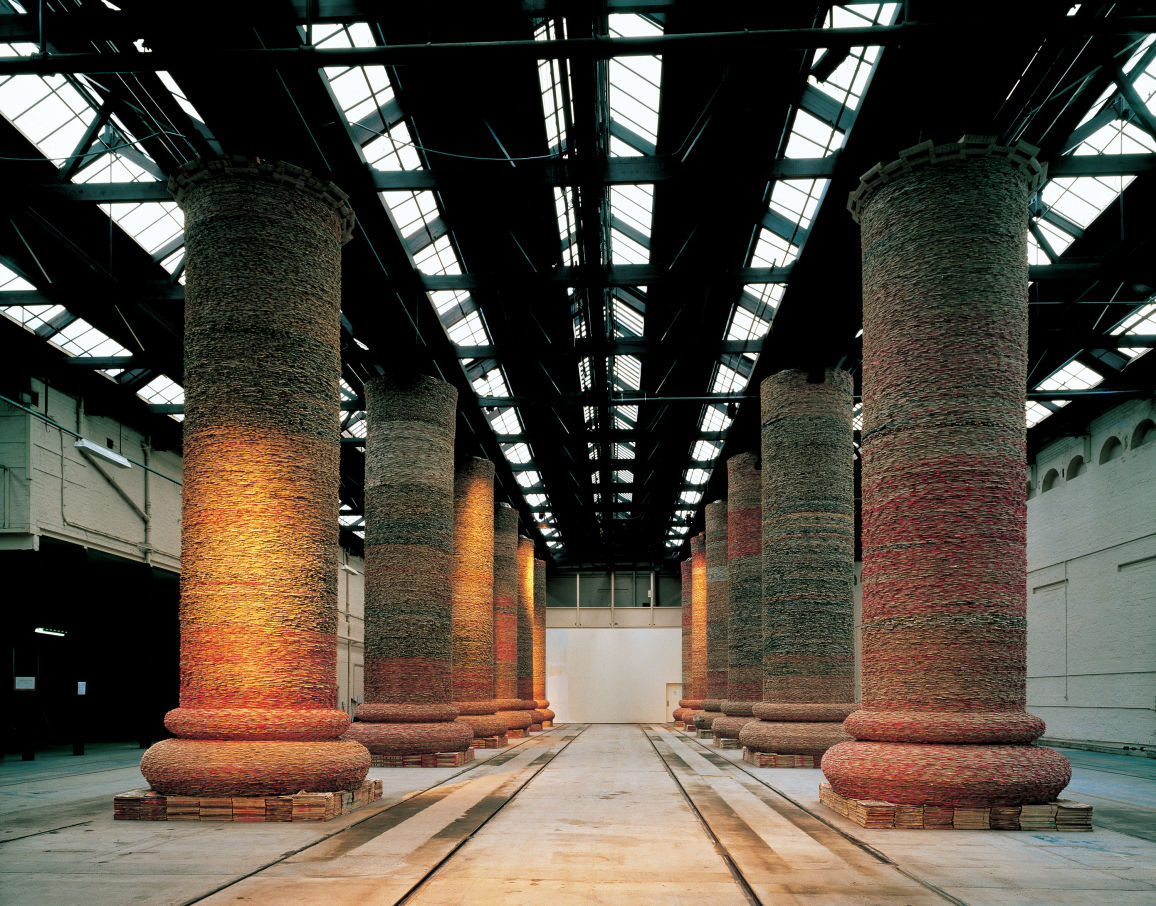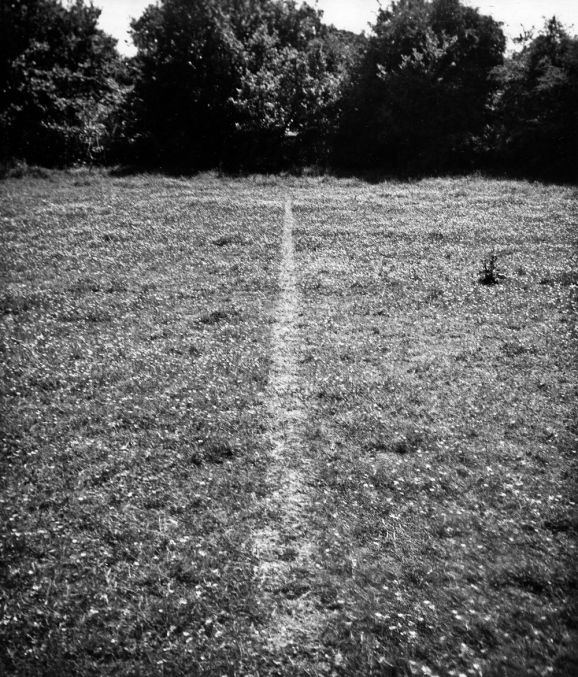

SUBSTANCE, MEMORY, DISPLAY is a book considering the relationship between art and archaeology. It posits the notion that both share parallel goals and procedures in exploring aspects of human life from traces of its existence, an idea that resonates with my own approach to some ongoing projects.
Professor Colin Renfrew, senior fellow of the McDonald Institute for Archaeological Research, describes visual arts as “a vast, uncoordinated yet effective research programme at what we are and how we know what we are,” while archaeology similarly “discern fragments to recover almost-vanished objects which constitute the sole remaining traces, shadows and figments of the remote past… seeking to recover materials that may be open to recovery.”
With acute awareness of time and memory, the book argues that both disciplines can perform overlapping functions in its desire to observe, record, recover, illustrate and/or display indications of humanity, each one with potential to carry meaning and/or history through personal and collective stories embedded in material remnants.
Renfrew cites several artists that demonstrate this, including: Cornelia Parker with her process echoing archaeological techniques and aesthetics; David Mach with his use of ephemeral objects to build symbolic monuments and images; and Richard Long with his performative human traces left within landscapes.
These assertions reflect my own approach to residues of human experience, in both material and metaphysical forms, which can help contextualise current projects that may have potential to explore contemporary culture, from Archive Abstract (2018) which attempts to excavate digital accumulations as a typical byproduct of ubiquitous technology, to Jeder Traum Hat Seinen Weg (2018) and an ongoing graffiti series (since 2011) which aim to illuminate texts and symbols from a palimpsest of imprints found in public spaces.

Monumental magazines: Here to Stay (1994) by David Mach

Photographic documentation of a gesture, presence + trace: A line made by walking (1967) by Richard Long